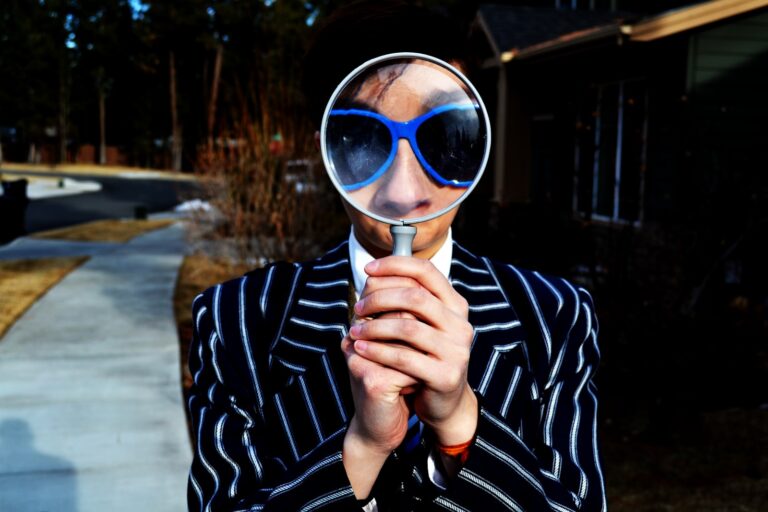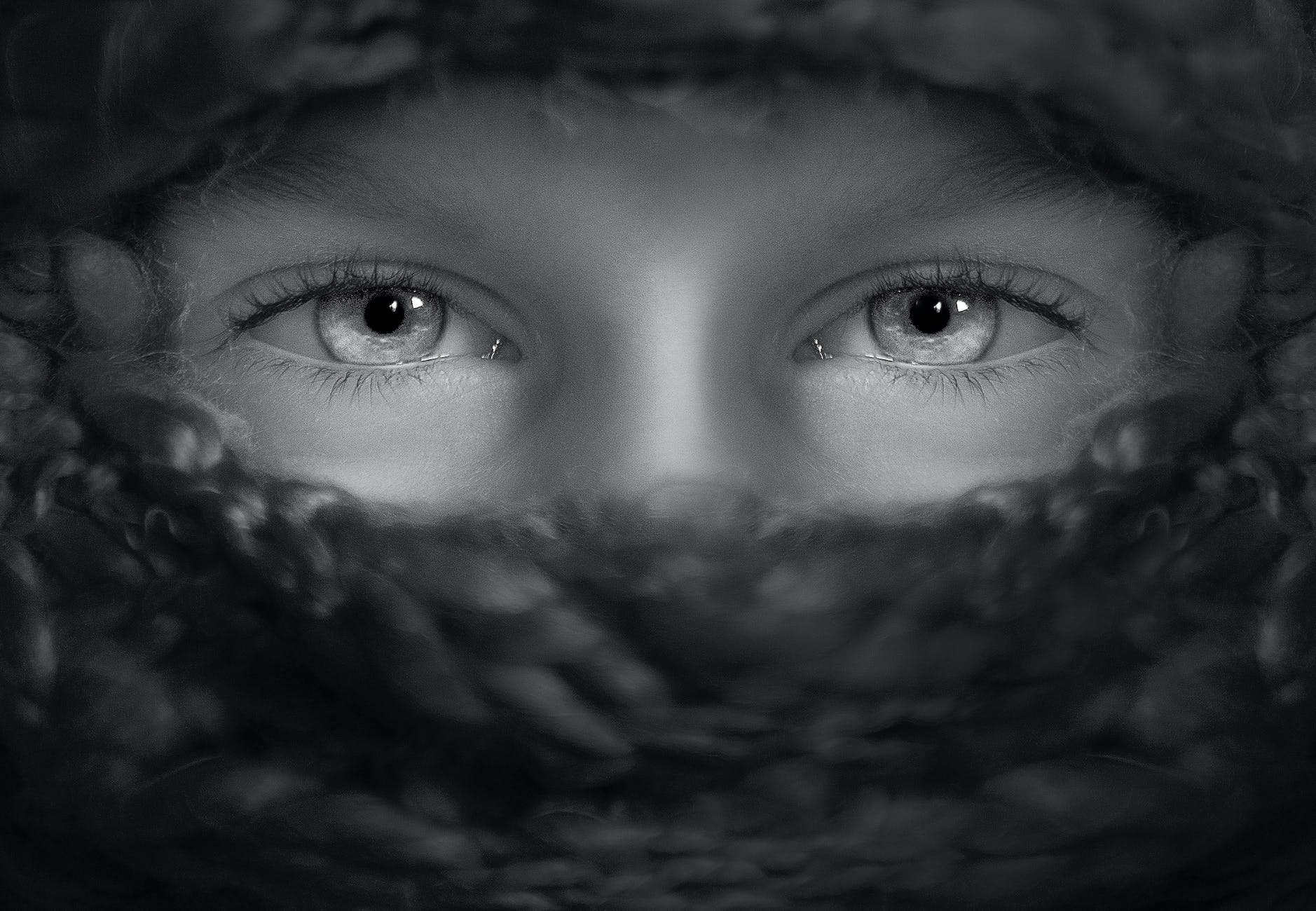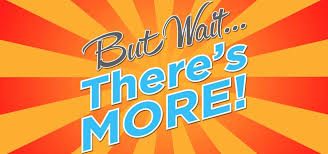

LOOK AWAY!
DAY TO DAY IMPROVISATION is a collection of exercises anyone can do almost anywhere to practice their improvisation skills every day.
Improvisers often miss the obvious. A common note after the show revolves around the fact that everyone in the audience saw the offer that the improviser ignored.
Sure the audience is more relaxed and in a better state to see the things that the stressed performer misses but come on… we can be better at seeing and not ignoring.
Try out this exercise and then check out the “Gorilla” at the end.
GAME: LOOK AWAY!
BENEFITS:
- Breaking you out of patterns of behaviour
- Developing quick interpretation skills
- Seeing something in every offer
When and Where to practice: Sitting, walking, standing whenever a little distracting creative practice won’t get you killed. Don’t do this while flying a plane or juggling kittens. (The Improvisation School does not condone the juggling of Kittens.)
GOAL:
- Seeing what you normally ignore and…
- Spontaneously making more of offers that appear.
PROCEDURE:
You are going to see something out of the ordinary and immediately create a possible story.
TWO RULES TO KEEP IN MIND: As always…
- 1) Don’t force the ideas
- 2) Accept mediocre ideas for now. Nothing has to be great, spectacular, or amazing. Greatness comes from humble beginnings.
- Look to a place that is not in your pattern of behaviour – Directly up, Under your shoe, behind you, etc. It doesn’t have to be an “ODD” place, it just has to get you looking away from where you are staring.
If you are sitting at a Coffee Shop, for example, look over the shoulder of the barista and see what’s on the shelf. Don’t be selective. The first thing you see is the thing you choose.
- Immediately adapt what you see and use it to start a story in your head.
I’m at a local hangout called Tim Horton’s. I’ll look away from the keyboard that I’m typing on, I look down and to my left.
“There’s nothing there”. That’s what I want to say as I see what appears to be an empty wall, but after a little self convincing I KNOW that staring me in the face are slate bricks with rough edges.
Good. Simple. What we see doesn’t have to be important.
So instead of dismissing what’s right in front of me as ‘too inconsequential for my ‘BRILLIANT’ mind’, I see it and accept it.
Rough, Slate, bricks.
Next, only microseconds after acknowledging what’s right there, my brain makes a story.
The tiny edges remind me of the cliff palaces of the Anasazi people who built their homes on the side of hills.
I start telling a story as I look at the stone.
I see a child play on the cliff. His parents are nearby but show no signs of fear for his safety. This is their land. The children know from a young age that you don’t cross the line that leads to death below.
If I look at the slate bricks, I see tiny holes in one brick. The tiny hole is the cave my little hero goes into. And my adventure begins.
I have never thought about a story in a home hundreds of feet up on the side of a cliff. But the offer to do so has been right beside me every time I’ve sat here.
How often do we miss the offers right in front of us? How common it is that we dismiss what we see because it’s not good enough?
With a little practice, we train our brain to dismiss less and to see more. It’s EASY because there are unseen offers EVERYWHERE.
VARIATION:
As a variation, close your eyes and listen to ALL the sounds. Pick one sound or voice outside of the main river of noise without too much thought . Find the story in that sound.
EVEN IF you can’t make out the words that are being spoken or a voice that hits you, it doesn’t matter. There are other offers buried in what you hear. How fast is it? What does the rhythm remind you of? Why does that particular sound stand out? Start telling the story it inspires. You can’t be wrong so don’t try too hard.
VARIATION WITH A FRIEND:
- Pick something inconsequential. Find something easily seen but usually ignored…. or just randomly point in a direction and then look at what’s there.
- Point it out to your friend. She immediately makes up a piece of a story. It could be a little bit about a character. the story could be about the thing itself. Keep it short.
- She looks around or listens and picks something unimportant but rarely focused on or listened to. She points it out.
- You continue the story inspired by the observation.
- Go back and forth like that using the world in front of you as inspiration.
THE SCIENCE of YOU:
Inattentional Blindness is the term for our blindness to the world right here in in front of our eyes.
There are brilliant experiments that show how our HARD FOCUS and distraction can blind us to even the most drastic alteration in the world around us. No wonder we miss the small stuff.
One of the most famous experiments is known as “THE MONKEY BUSINESS ILLUSION“. Check it out now if you haven’t seen it before. Reading further might ruin the experiment a little but it’s still cool even if you “know the secret”.
To explore the effect of “inattention blindness” researcher Daniel Simons made a video with six actors passing a basketball. You are asked to count passes. So focused on the activity, most people fail to see a person in a gorilla suit walk past, thump his chest and walk off.
There is so much we aren’t aware of. It’s not just the obvious stuff. Look Away and see what you are missing.




0 Comments